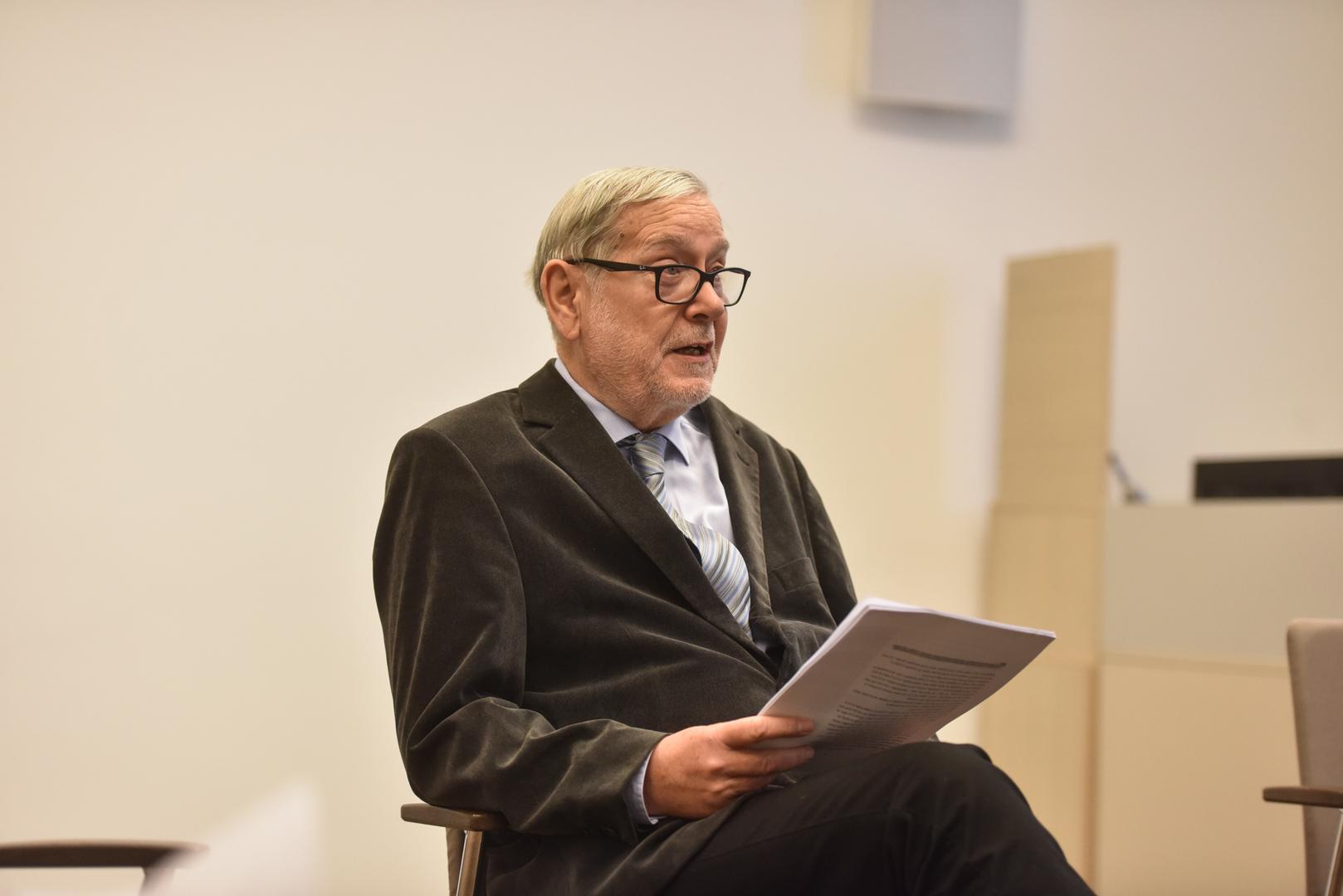Is There a Central European Political Culture?
Among the events that the Institute of Central European Studies has organized this year, the one on 4 December 2019 was a novelty as it was the first full lecture by a distinguished speaker. The purpose of the event was to get closer to fully appreciate the notion of Central Europe. We invited Professor Peter Vodopivec, one of the leading experts of political history in Slovenia who has successfully attempted to write a synthesis of the modern political history of Slovenia. The purpose of his talk was to give an outline of the political culture in Central Europe by juxtaposing the experience of Austria-Hungary and the Kingdom of Yugoslavia. In the first part of his talk, he emphasized that the differences between the Eastern and Western parts of Austria-Hungary were significant and so were aspirations and the experience of nations living in those areas. He repeatedly stressed that the ethnic question, which is the relationship among various nations, was the most serious difficulty for Austria-Hungary. According to Vodopivec, the way the majority that the Social Democrats obtained in the elections of 1907 melted away due to conflicts among elites of different nations underlines this point.

One of Vodopivec’s most provocative statement was that the experience and position of nations living in the Eastern and Western part of Austria-Hungary differed from each other to the extent that we cannot talk of a shared political culture in Central Europe. Concerning the experience within the Kingdom of Yugoslavia, and about the culture of Croatian and Slovenian elites, the paper emphasized that these elites were numerically and proportionately small. This is an important point that we can learn from Dina Mishkova’s research. Vodopivec made it clear that he sees the the gap between political orientation of elites and of the populations at large as the main trigger for interethnic conflicts. This is so because the elite borrowed its political ideas from France and attempted to create a centralized state, thus, misunderstanding political realities in the Balkans. In the interwar period, elites of various nations were willing to cooperate on pragmatic terms and accepted centralization, which was initially a Serbian project. Yet, the gap between elites and their national environment did not diminish. Vodopivec suspects that this course of development had to do with both the political culture of Austria-Hungary and the one that we may call the heritage of the earlier history of the Balkans. He did not venture into assessing which one of these was more important. In their comments, members of the Institute of Central European Studies argued that social issues may have had a large impact on developments in Austria-Hungary. The latter part of the discussion revolved around weighing the examples of multiethnic coexistence in urban centers of the Eastern part of Austria-Hungary. These examples seem to contradict the argument that interethnic rivalry necessarily escalated.